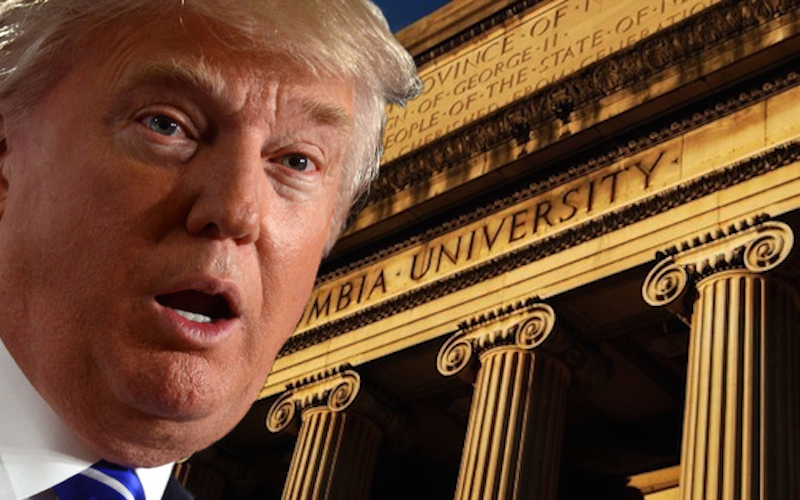
The Trump Effect on Higher Education
As the world comes to grips with Donald Trump’s election victory, policymakers, commentators and pundits are contemplating the far-reaching consequences of this stunning event. Higher education was not a prominent election issue, but the landscape of this system will change dramatically both in the United States and around the world once Trump enters the Oval Office.
At this stage, no-one can predict with any real degree of accuracy what Trump’s plan will be for the higher education sector in the United States. He certainly did not support Clinton’s free tuition plan, and his victory is not welcome news on many campuses across the country. Many academic leaders were horrified by the prospect of a Trump presidency, including those who even rejected Clinton’s higher education policies.
It is certainly fair to say that Trump did not treat higher education as a top priority during the election probably because he was avoiding the controversy surrounding Trump University. He is due to appear in court to address accusations of scamming students before his inauguration in January.
Another reason is that his message simply appealed to white blue-collar voters, many of whom might not have felt that higher education was a top priority.
Indeed, the Trump campaign relied heavily on voters without college degrees. Election results indicate that Trump won the votes of up to 72 percent of white men and 62 percent of white women without college degrees. While there were many other factors in play—such as Clinton’s baggage, racial and gender biases, and a general frustration with mainstream politics—these voters were more concerned about jobs and immigration than education.
What are Trump’s higher education policies? Trump has outlined an intent to cut tuition and signaled the possibility of an income-based repayment system. He also argued for increased accountability for postsecondary institutions to control costs, including ending tax-exempt status for public and private universities.
These changes might help the U.S. federal budget, but they will not improve the quality of higher education in the United States.
A parsimonious approach to higher education can put significant strains on institutions and their teaching staffs due in part to enrollment increases. Consequently, if Trump imposes a stringent financial approach to the sector, student development will be adversely affected.
Mass domestic access to higher education will also suffer as government funded institutions will need to become more reliant on generating income from other sources such as international students and research grants. While private for-profit colleges can assist in meeting the demand for greater access to higher education, these institutions habitually focus on the bottom line more than achieving top quality graduate outcomes.
Looking internationally, higher education institutions will need to reconsider the viability of all overseas programs. Many U.S. institutions—such as New York University, Kean University and Hult International Business School—have established campuses or partnership arrangements in the Middle East and China. Trump’s restrictive immigration policies and renegotiated trade deals could limit the productivity of international recruitment strategies. The number of student and staff exchanges could also decrease, depending upon how much institutions will rely on funding from international student fees.
To that end, Trump’s hardline immigration plan of ‘extreme-vetting’ will also have a profound effect on students wanting to study in the United States, particularly those from Middle Eastern countries or the Southern Asian region. Many students from Muslim countries will feel unwelcome and may even be denied the opportunity to study in the U.S. altogether. The impact could be grave, considering that the United States attracts the highest number of international students worldwide and these students add over $27 billion to the U.S. economy.
The potential winners from this result will be other developed countries such as Australia, New Zealand and Canada. These countries offer world-class universities, high living standards and already attract large numbers of international students. Australia, for example, will be especially interested in any changes to international student enrolment in the United States. Higher education is the country’s fourth highest export and is a major source of economic growth in Sydney and Melbourne. Phil Honeywood, Executive Director of the International Education Association of Australia, recently wrote in The Australian that Trump’s protectionist policies could boost Australia. “Perceptions that the US may no longer be safe to international students may well be enough to push students to look for alternative study destinations…Australia would do well to ensure that we celebrate our cultural diversity and better communicate the extraordinary benefits of international education to the wider community.”
While the Trump administration will impact industries, governments and communities across the globe, the stakes are particularly high for postsecondary education. 21st century globalization has already caused massive changes to this system, and Donald Trump has the capacity to push it into a volatile and unpredictable direction.

